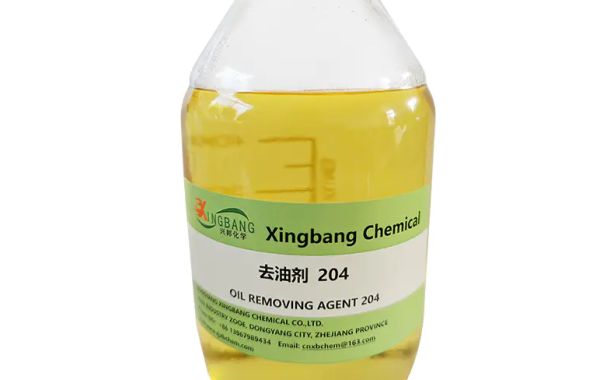Cationic fixing agents play a crucial role in the textile industry, particularly in the dyeing and finishing processes. These agents are essential for improving the color fastness of dyed fabrics, ensuring that the dyes remain securely bound to the fibers even after repeated washing or exposure to light.
One of the primary functions of cationic fixing agents is to interact with the anionic groups present in textile fibers. These agents contain positively charged molecules that effectively bond with the negatively charged dye molecules, forming stable complexes. This process, known as fixing, prevents the dyes from leaching out of the fabric during subsequent wash cycles.
In addition to enhancing color fastness, cationic fixing agents can also improve the overall feel and handle of the fabric. They may impart softness and smoothness to the textile surface, making the fabric more comfortable to wear. This additional benefit contributes to the overall quality and appeal of the finished textile products.
Moreover, cationic fixing agents are known for their versatility and compatibility with various types of dyes and fibers. They can be used effectively with both natural and synthetic fibers, as well as with different classes of dyes such as reactive, direct, and acid dyes. This versatility makes them suitable for a wide range of textile applications, from apparel and home textiles to technical textiles used in industrial settings.
In conclusion, cationic fixing agents are indispensable in the textile industry for their ability to enhance color fastness, improve fabric feel, and ensure the overall quality of dyed and finished textiles. Their role in securing dye molecules to textile fibers contributes significantly to the durability and aesthetic appeal of textile products, meeting the high standards demanded by consumers and manufacturers alike.








